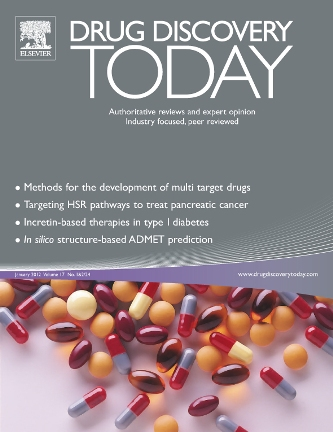Computational methods for modeling protein–protein interactions in the AI era: Current status and future directions
IF 6.5
2区 医学
Q1 PHARMACOLOGY & PHARMACY
引用次数: 0
Abstract
The modeling of protein–protein interactions (PPIs) has been revolutionized by artificial intelligence, with deep learning and end-to-end frameworks such as AlphaFold and its derivatives now dominating the field. This review surveys the current computational landscape for predicting protein complex structures, outlining the role of traditional docking approaches as well as focusing on recent advances in AI-driven methods. We discuss key challenges, including protein flexibility, reliance on co-evolutionary signals, modeling of large assemblies, and interactions involving intrinsically disordered regions (IDRs). Recent innovations aimed at improving sampling diversity, integrating experimental data, and enhancing robustness are also highlighted. Although classical methods remain relevant in specific contexts, the continued evolution of AI-based tools offers transformative potential for structural biology. These advances are poised to deepen our understanding of biomolecular interactions and accelerate the design of therapeutic interventions.
人工智能时代蛋白质-蛋白质相互作用建模的计算方法:现状与未来方向
人工智能已经彻底改变了蛋白质-蛋白质相互作用(ppi)的建模,深度学习和端到端框架(如AlphaFold及其衍生产品)现在主导了该领域。本文综述了目前预测蛋白质复合物结构的计算前景,概述了传统对接方法的作用,并重点介绍了人工智能驱动方法的最新进展。我们讨论了关键的挑战,包括蛋白质的灵活性,对共同进化信号的依赖,大组装的建模,以及涉及内在无序区域(IDRs)的相互作用。最近的创新旨在提高采样多样性,整合实验数据,增强鲁棒性也突出。尽管经典方法在特定情况下仍然相关,但基于人工智能的工具的持续进化为结构生物学提供了变革的潜力。这些进展将加深我们对生物分子相互作用的理解,并加速治疗干预措施的设计。
本文章由计算机程序翻译,如有差异,请以英文原文为准。
求助全文
约1分钟内获得全文
求助全文
来源期刊

Drug Discovery Today
医学-药学
CiteScore
14.80
自引率
2.70%
发文量
293
审稿时长
6 months
期刊介绍:
Drug Discovery Today delivers informed and highly current reviews for the discovery community. The magazine addresses not only the rapid scientific developments in drug discovery associated technologies but also the management, commercial and regulatory issues that increasingly play a part in how R&D is planned, structured and executed.
Features include comment by international experts, news and analysis of important developments, reviews of key scientific and strategic issues, overviews of recent progress in specific therapeutic areas and conference reports.
 求助内容:
求助内容: 应助结果提醒方式:
应助结果提醒方式:


